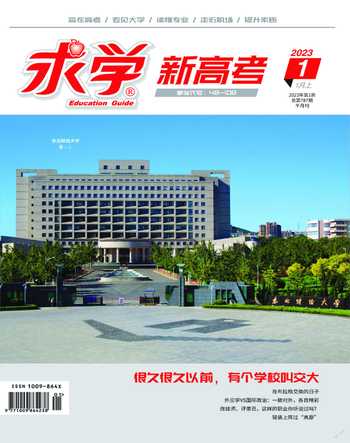为什么蚊子对某些人“情有独钟”?
奇速英语国际教育
If you have always suspected that you might just be a mosquito magnet (磁铁) , scientists now have evidence for you: Mosquitoes indeed are attracted to certain humans more than others, according to a new study.
A research team led by Leslie Vosshall, a professor at Rockefeller University, sought to identify why certain people seem to draw more mosquitoes than others. The research findings were published in the journal Cell on October 18.
Over the course of three years, researchers asked a group of 64 volunteers to wear nylon stockings on their arms for six hours a day over multiple days. Maria Elena De Obaldia, the study’s first author, constructed a “two-choice olfactometer assay (嗅觉计测定)”—an acrylic (丙烯酸的) glass room in which researchers put two of the stockings. The study team then released yellow fever mosquitoes into the room and observed which stocking drew more insects.
This test allowed researchers to separate study participants into “mosquito magnets”, whose stockings drew lots of mosquitoes, and “low attractors”, who didn’t seem as attractive to the insects. The scientists examined the skin of the mosquito magnets carefully and found 50 molecular compounds (分子化合物) that were higher in these participants than the others.
“We had no idea about what we would find,” Vosshall, who is also chief scientific officer of the Howard Hughes Medical Institute, said. But one difference was particularly distinctive: The mosquito magnets had much higher rates of carboxylic acid (羧酸) on their skin than the low attractors. Carboxylic acids are found in sebum (皮脂), the oily substance that creates a barrier and helps keep our skin moisturized (滋润) . The carboxylic acids are large molecules, Vosshall explained. They’re “not that smelly by themselves”, she said. But beneficial bacteria on the skin “chew on these acids, that produces the characteristic smell of humans”—which may be what attracts mosquitoes, according to Vosshall.
1. What can we know about the research?
A. The 64 volunteers wore stockings all day.
B. It was conducted at Rockefeller University.
C. The first author is Leslie Vosshall.
D. It lasted for three years.
2.Why did researchers separate the participants into two groups?
A. To indicate a conclusion. B. To introduce a topic.
C. To give an explanation. D. To make a comparison.
3. What does Vosshall think makes “mosquito magnets” more attractive to mosquitoes?
A. Beneficial bacteria. B. An oily substance.
C. Some large molecules. D. Sebum in the skin.
4. From which is the text probably taken?
A. A biology textbook. B. A health magazine.
C. A research paper. D. A travel brochure.
參考答案:1. D 2. D 3. C 4. C

